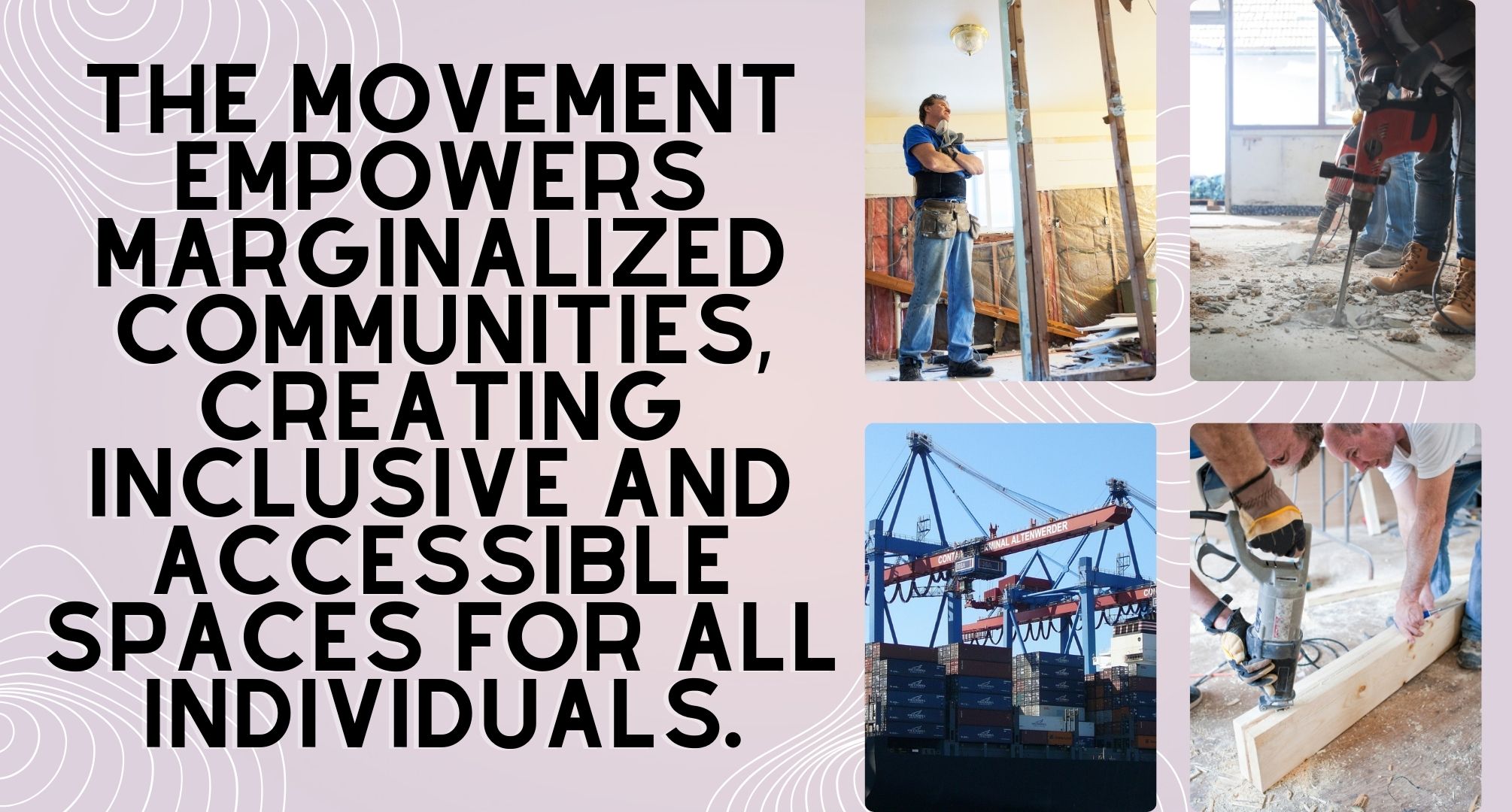The grassroots movement has made significant strides in transforming the landscape of home repairs through their efforts in closing ports. By addressing challenges within the home repair industry and empowering homeowners, this movement has opened doors to new opportunities and solutions. In this article, we delve into the transformative effects of the grassroots movement on home repairs, highlighting the ways in which port closures have sparked innovation, collaboration, and empowerment within the realm of home maintenance and improvement.

The Grassroots Movement and its Objectives
The grassroots movement is driven by a collective desire to revolutionize the home repair industry. With a focus on empowering homeowners and improving access to repair resources, the movement aims to challenge existing norms and foster a more equitable and homeowner-centered approach to repairs. By addressing the challenges within the industry, the movement has laid the groundwork for transformative change.
Disruption of Traditional Supply Chains
One of the immediate impacts of the grassroots movement’s efforts in closing ports is the disruption of traditional supply chains. Homeowners have faced difficulty in acquiring materials and funding for repairs. However, this disruption has served as a catalyst for innovation and creativity. Homeowners have been prompted to explore alternative sourcing methods and local options, thus fostering the growth of local businesses and reducing reliance on centralized distribution channels.
Empowering Homeowners through DIY Solutions
With limited access to professional services due to the port closures, homeowners have turned to do-it-yourself (DIY) solutions. DIY repairs have gained popularity as homeowners seek to take matters into their own hands. The grassroots movement has facilitated this shift by providing resources, support systems, and educational opportunities. Homeowners are empowered to learn new skills, engage in repairs themselves, and experience a sense of pride and self-sufficiency in maintaining their homes.
Collaboration and Community Support
One of the transformative effects of the grassroots movement is the emphasis on collaboration and community support in home repairs. Recognizing the power of collective action, homeowners have come together to form community networks and support groups. These networks serve as platforms for sharing repair resources, knowledge, and experiences. Collaborative efforts among homeowners have strengthened social bonds, fostered a sense of camaraderie, and enhanced the overall community spirit.
Innovative Technologies and Solutions
The grassroots movement has spurred the adoption of innovative solutions and technologies in the realm of home repairs. Homeowners are increasingly embracing smart home systems, energy-efficient solutions, and digital platforms that provide accessible information and resources. The movement has facilitated the sharing of knowledge and the integration of new technologies, empowering homeowners to make informed decisions and adopt sustainable practices in their repairs.
Accessibility and Affordability
The grassroots movement acknowledges the need of making home repairs accessible and cheap for all households. Community-driven initiatives have emerged to provide financial assistance, resources, and shared repair tools. By reducing barriers to entry, the movement ensures that repairs are not limited to those with financial means. This focus on accessibility and affordability fosters a more inclusive and equitable approach to home repairs.
Sustainable Community Development
Sustainability lies at the heart of the grassroots movement’s efforts in home repairs. Homeowners are encouraged to integrate eco-friendly materials, energy-efficient solutions, and sustainable practices in their repairs. By prioritizing sustainable approaches, homeowners contribute to the building of resilient communities that are mindful of their environmental impact. The movement envisions a future where home repairs not only enhance the quality of living but also contribute to the greater well-being of the planet.
Empowerment through Education and Skill-Building
The grassroots movement has placed a significant emphasis on education and skill-building to empower residents in conducting repairs. The knowledge and skills required for successful repairs have been made available to homeowners through workshops, training courses, and educational resources. This emphasis on lifelong learning ensures that homeowners are continually empowered to maintain and improve their homes, fostering a culture of self-sufficiency and resilience.
Transforming Home Repair Industry Norms
The grassroots movement’s efforts have extended beyond individual repairs, challenging traditional norms and practices within the home repair industry. By advocating for transparency, accountability, and fair practices, the movement aims to transform the industry to better serve homeowners. The focus shifts from profit-driven approaches to a homeowner-centered model that prioritizes quality, affordability, and customer satisfaction. Through their collective voice, homeowners are driving the necessary changes to create a more inclusive and trustworthy industry.

Conclusion
The grassroots movement’s impact on home repairs through port closures has been transformative, ushering in a new era of innovation, collaboration, and empowerment. By disrupting traditional supply chains, homeowners have been prompted to explore alternative sourcing methods and support local businesses. The movement has empowered homeowners through DIY solutions, providing resources, and support networks. Collaboration and community support have strengthened social bonds and enhanced the overall community spirit. Innovative solutions and technologies have been embraced, making home repairs more accessible and sustainable. The movement’s focus on accessibility, affordability, and education ensures that all homeowners have the opportunity to maintain and improve their homes.
The landscape of home repairs is changing dramatically as the grassroots movement persists in questioning industry norms and pushing for a homeowner-centered strategy. Homeowners are reclaiming their agency, actively participating in repairs, and taking pride in their homes. The collaborative and community-driven nature of the movement ensures that no homeowner is left behind, fostering inclusive and resilient communities.
As we look to the future, it is essential to support and amplify the efforts of the grassroots movement. By continuing to advocate for transparency, fair practices, and sustainable solutions, homeowners can shape the home repair industry to better serve their needs. Together, we can create a future where closing ports not only opens doors for homeowners but also paves the way for a more inclusive, equitable, and empowering approach to home repairs. The grassroots movement’s transformational results are evidence of the strength of group effort and the resiliency of communities when they work together to bring about positive change.
